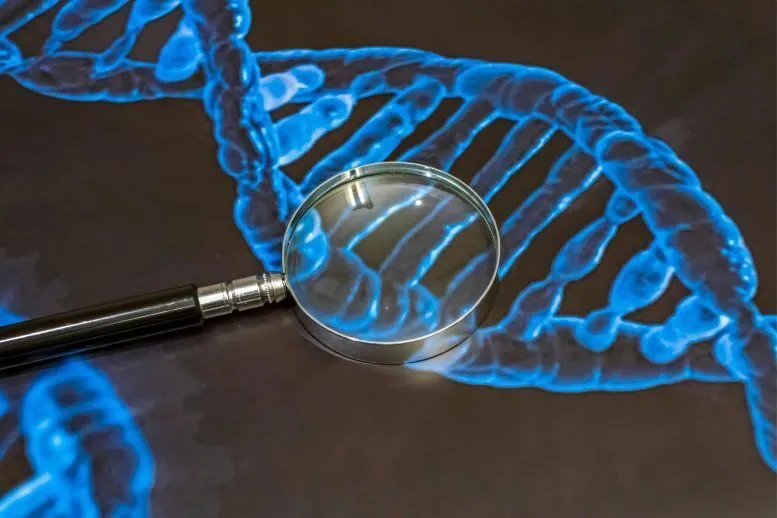Scientists Reveal New Insight into Genetic Causes of Autism, ADHD

In the group of neurodevelopmental disorders, ADHD and autism have a number of things in common: They are two of the most frequent child psychiatric diagnoses; both are highly heritable; and, although the fundamental symptoms vary, autism and ADHD have a large overlap in their underlying genetic origins, the Scitechdaily reported.
Researchers have now discovered five gene variants that are unique to only one of the two diagnoses, as well as seven genetic variants that are shared by both ADHD and autism.
“We have succeeded in identifying both shared genetic risk variants and genetic variants that differentiate the two developmental disorders,” says Professor Anders Børglum of the Department of Biomedicine at Aarhus University and iPSYCH, Denmark’s largest research project within psychiatry, which is behind the study.
“That means that we are beginning to understand both the biological processes that are behind the development of both diagnoses, and – as something completely new – also the processes that push the developmental disorder specifically in the direction of either autism or ADHD.”
The brain’s nerve cells, as well as how it grows and communicates, are impacted by the gene variants. The fact that some of the genetic variations identified have an effect on people’s cognitive skills in general in the population is also noteworthy.
Researchers may observe, for example, that certain genetic variants that only raise the risk of autism also boost cognitive functions in individuals, while complementary variants that only increase the risk of ADHD lower cognitive functions in individuals.
Researchers have also discovered a gene variant that increases the chance of autism while also decreasing the volume of a particular brain region in the general population, but the complementary variant raises the risk of ADHD while also increasing the volume of the same brain area.
It may seem obvious, but the study is the first in the world to show that people with both ADHD and autism are double-burdened with a genetic risk of receiving both diagnoses, whereas people who only have one of the diagnoses for the most part only bear the genetic risk variants for this one condition.
“This means, for example, that people with both diagnoses have both an equally large load of ADHD genetic factors as people who only have ADHD, and at the same time the same large load of autism genetic factors as people who only have autism. So it makes very good biological sense that some people have both diagnoses,” says Anders Børglum.
The researchers analyze large datasets of genetic profiles in order to learn more about diseases and developmental disorders. This can make it possible to create more precise diagnoses and earlier interventions, and ensure that the individual patient receives the right treatment.
“The autism diagnosis is typically made before an ADHD diagnosis. So if, for example, the person is also hyperactive and finds it difficult to concentrate, this may well be slightly drowned out by the autism symptoms, and we may not see the ADHD challenges,” explains Anders Børglum.
“But if we have a genetic study of a person with an autism diagnosis, and we see a major genetic load of ADHD genetics, then it may be that we should monitor that person a bit more closely. In this way, we can in the future become quicker to spot the development and give the family good tools to handle this diagnosis, too. “
A few years ago – due to an official diagnosis hierarchy – it was not in principle possible to diagnose ADHD in a person who had autism, he says.
“But now we have shown that people with both diagnoses are in fact double burdened with the genetic risk of both developmental disorders. There is thus a clear biological difference between whether you have both diagnoses, or just one. The study is therefore a strong biological argument for the revised diagnostic guidelines, e.g. in the American Diagnosis and Classification system for Mental Disorders (DSM-5), where it is now possible for the same person to receive both diagnoses,” says Anders Børglum.
“This is the first step. Here and now, the study is relevant because it helps to create a better understanding of the causes of the two developmental disorders, and in the long term, this can form the basis for better diagnostics and treatment.”
4155/v





















